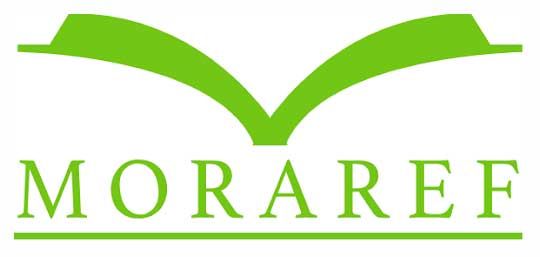Plagiarisme Check
Author Guidelines
Al Adawat : Jurnal Pendidikan Guru Madrasah Ibtidaiyah only accepts articles from original research or new thoughts in the field of elementary education that have never been published in other media or journals. Therefore, please download this statement, then fill in and send the results of the scan along with the journal article.
Articles proposed to this journal must follow the author guidelines and journal templates. Therefore, please download and follow the instructions in author guidelines and templates before submitting your article to the journal web or to jurnal [email protected].
All articles proposed to this journal will be reviewed by peer reviewers and journal editors so that the articles can be received without repairs, accepted with repairs, or rejected.
Article have to use Indonesian or English correctly. Words 5000 - 8000 words (excluding abstracts and bibliography), A4 size paper, typed 1 space, Microsoft Word program, Times New Roman font type, font size 12, upper and left margins 3cm, right and below 3cm.
Articles are written systematically and the following conditions.
(a) Title: written in short, a maximum of 18 words, and must reflect the educational substance described in the body of the article.
(b) Author's name: written without title, located below the title; articles originating from group research, all members must be listed in the same order.
(c) Author Agency and Address: written the name of the agency where the author came from and the e-mail address that is located under the name of the author; if the author is more than one, the e-mail address is sufficient for the chairman.
(d) Abstract: written in two languages, Indonesian and English, one language with a length of 120-250 words. Abstract consists of goals, methods, and results.
(e) Keywords: filled with words or terms that reflect the essence of the concept in the scope of the problem, consisting of several words / terms and referred to in the title / abstract. Keywords are written under abstract with a distance of one line and italicized.
(f) Article Body: Articles consist of an introduction that contains background problems and / or recent literature reviews (maximum 20%), methods (15%), results and discussion (60%), and conclusions (5%). The discussion must be supplemented with references from primary / up-to-date references / sources, one of which is from articles in the Al Adawat Journal.
(g) Acknowledgments: addressed to various parties who assist writing, such as research sponsors and resource persons.
(h) Bibliography: try at most from the latest primary sources (journals) (3-5 years) and only list the designated sources in the torso of the article using the bodynote format. Example: (Coal, 2017). In writing citation sources (bodynotes) and bibliography it is recommended to use a reference manager application such as Mendeley and Endnote with the APA six edition style. Example:
(Type: one author's journal article)
Coal, H. H. (2017). Development of Android-based Mathematics Learning Media for Elementary / MI Students. Al Adawat, 3 (1), 12-27.
(Type: more than one journal article)
Rahmah, T.A., & Rofiah, S. (2016). Use of Video as an SD / MI Mathematics Learning Media. Al Adawat, 2 (1), 47-66.
(Type: one author's book)
Madya, S. (2011). Theory and Practice of Action Research. Bandung: Alfabeta.
(Type: book two authors)
Tabachnick, B. G., & Fidell, L. S. (2007). Using multivariate statistics (Fifth ed.). Needham Heights, MA: Allyn & Bacon.
(Type: e-book)
Bransford, J. D., Brown, A. L., & Cocking, R. R. (2005). How people learn: Brain, mind, experience and school Retrieved from https://www.nap.edu/catalog/9853/how-people-learn-brain-mind-experience-and-school-expanded-edition
(Type: book section)
Sahlberg, P. (2012). The most wanted: Teachers and teacher education in Finland. in L. Darling-Hammond & A. Lieberman (Eds.), Teacher education around the world: changing policies and practices. London: Routledge.
(Type: translated book)
Schunk, D. H. (2012b). Learning theories about educational perspectives (E. Hamdiah & R. Fajar, Trans.). Yogyakarta: Student Library. (Original work published 2012).
(Type: author's book is the same as publisher)
American Psychological Association. (2010). Publication manual of the American Psychological Association (6th ed.). Washington, DC: Author.
(Type: proceedings)
Retnowati, E. (2012, November 24-27). Learning mathematics collaboratively or individually. Paper presented at the 2nd International Conference of STEM in Education, Beijing Normal University, China.
(Type: online / online article)
Purdue Online Writing Lab. (03/27/2015). WHAT Style. Reference list: Electronic sources (web publications). Quoted on March 12, 2017 from https: //owl.english.p




